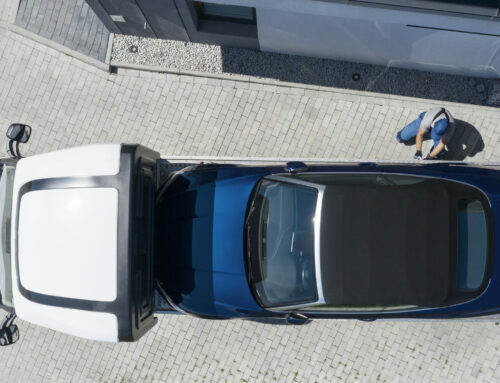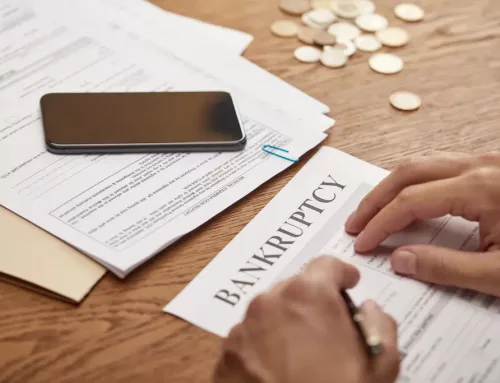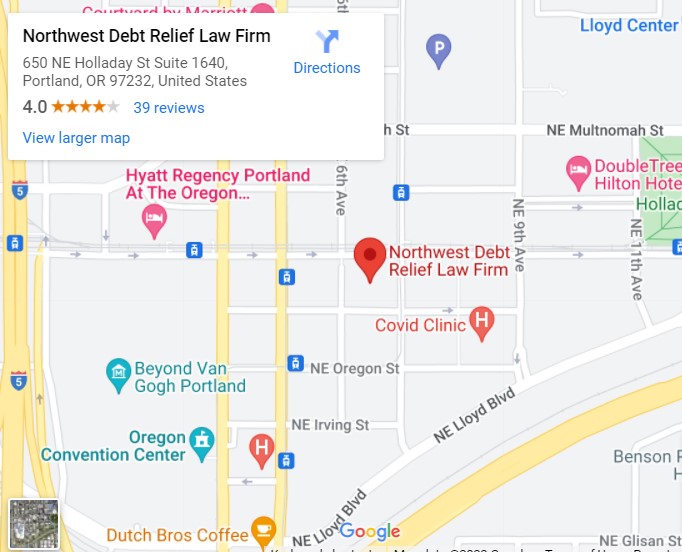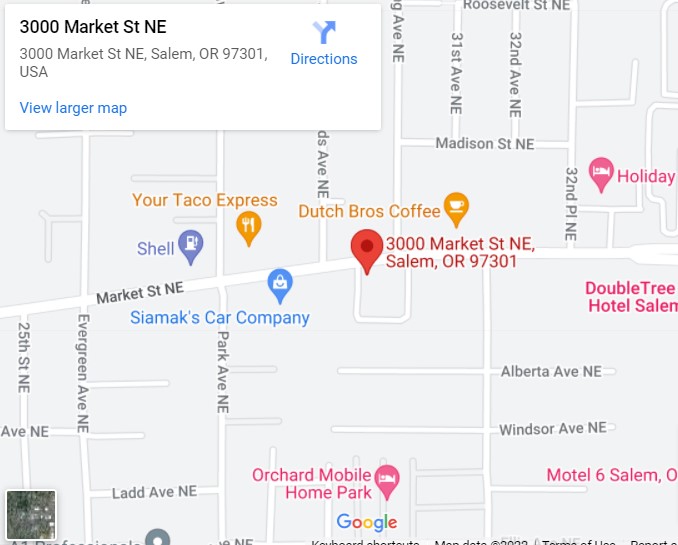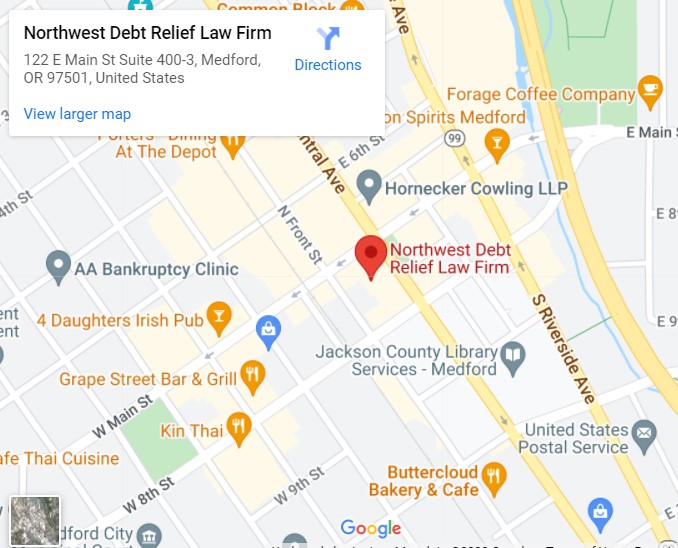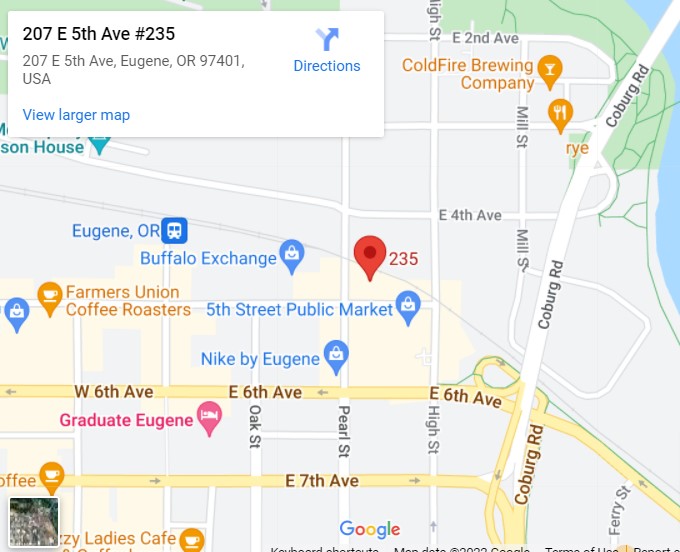Who gets paid first in a Chapter 13 Bankruptcy case in Tacoma?
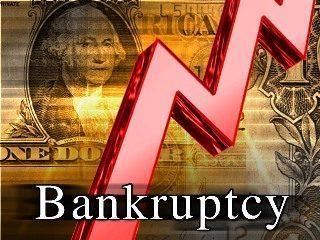 Most people who file for Chapter 13 bankruptcy in Tacoma are neck deep in debts because of credit card bills, medical expenses, and mortgages. If you are one of these people, it is best to know the basics about bankruptcy so that you are well informed on how your debts are going to be paid. It will help to understand how debts are settled in a Chapter 13 case. A Chapter 13 bankruptcy is also called a wage earner’s plan or reorganization bankruptcy. It empowers individuals with regular income to come up with a repayment plan in order to repay all or part of their debts. Our skilled Tacoma bankruptcy attorneys can counsel you so that you may fully understand how reorganization bankruptcy works.
Most people who file for Chapter 13 bankruptcy in Tacoma are neck deep in debts because of credit card bills, medical expenses, and mortgages. If you are one of these people, it is best to know the basics about bankruptcy so that you are well informed on how your debts are going to be paid. It will help to understand how debts are settled in a Chapter 13 case. A Chapter 13 bankruptcy is also called a wage earner’s plan or reorganization bankruptcy. It empowers individuals with regular income to come up with a repayment plan in order to repay all or part of their debts. Our skilled Tacoma bankruptcy attorneys can counsel you so that you may fully understand how reorganization bankruptcy works.
What are the types of debt and how are they paid in Chapter 13 Bankruptcy?
No bankruptcy clears you of all debts. Bankruptcy can eliminate many other debts, but it will be more difficult to borrow in the future. You must know that debts fall under two categories:
1. Dischargeable Debts – Debts for which the debtor will no longer be liable when the bankruptcy is discharged.
2. Non-Dischargeable Debts – Debts for which the debtor will still be liable even after receiving a discharge.
It is apparent that these distinctions are important information for debtors regardless of which chapter they file under. Apart from being categorized as dischargeable or non-dischargeable, debts are also classified into a few additional categories, which include:
1. Priority Debts
2. Secured Debts
3. Unsecured Debts
These classifications are important because they affect the order in which the debts must be paid and the extent to which the debts must be settled.
What are the definitions of Secured, Unsecured, and Priority Claims in Chapter 13?
Secured debts are debts which are “secured” by collateral. If the borrower falls behind on payments for these debts, the lender can seize, foreclose, or repossess the collateral. Your assets such as your home or car are usual examples of secured debts because they can be used as collateral for a loan (such as an auto loan) or a mortgage (for your house). You never fully own the asset tied to secured debt until the loan has been paid off. Because of the collateral, you now owe your creditor a “secured debt” and he now has a “secured claim”.
On the other hand, unsecured debts are debts that are not backed by collateral, such as a car or home. Credit card and medical debt are examples of unsecured debts in Chapter 13 bankruptcy. Both also happen to be dischargeable debts under both Chapter 7 and Chapter 13. Student loan debt is also unsecured debt but is usually non-dischargeable in any type of bankruptcy, unless the debtor can prove extreme hardship. A creditor who is owed an unsecured debt has an unsecured claim.
Unsecured debts can be further divided into two subcategories:
1. Priority Unsecured Debts – Debts that fall into this category include child support payments, alimony or spousal support payments, and certain types of tax debts, though income tax debts are sometimes dischargeable as long as they meet certain requirements. These are paid first in Chapter 13 bankruptcy.
2. Nonpriority Unsecured Debts – Nonpriority unsecured debts are the least urgent debts in bankruptcy. Creditors with unsecured claims are the last to be paid with any funds that remain after secured claims and priority unsecured claims have been settled. The amount to be paid on these debts will depend on how much is your disposable income and the amount the creditors should have received had you filed for Chapter 7 bankruptcy.
If you are short on cash and faced with the difficult decision of paying only some bills, it is best that the secured debts are prioritized. These payments are often harder to catch up with and you risk losing essential assets – like your home- if you are delinquent on payments.
On the other hand, you might want to pay off unsecured debts because they have higher interest rates that make it expensive in the long run. Even when you have a debt repayment plan, it is crucial to be updated with the minimum and installment payments on all your accounts.
It is also important to note of the following secured and priority debts that Chapter 13 debtors should fully pay before they are discharged:
– Alimony
– Child support
– Debts arising from death or personal injury caused by driving while intoxicated or under the influence of drugs
– Debts for restitution or a criminal fine included in a sentence on the debtor’s conviction of a crime
– Long-term obligations such as home mortgage
– Debts for most government funded or guaranteed educational loans or benefit overpayments
– Most tax debts, with some exceptions
To get more information on what the differences are, do not hesitate to call our Tacoma bankruptcy attorneys.
What are benefits of filing Chapter 13 bankruptcy if I am still required to fully pay my debts?
Chapter 13 allows debtors to propose a repayment plan so they can pay off creditors within three to five years, in manageable terms and in amounts they can afford. Homeowners who filed for Chapter 13 also have a chance to save their homes from foreclosure because once they file for Chapter 13 bankruptcy, foreclosure proceedings are stopped. Chapter 13 also allows debtors to pay off missed payments on car loans and mortgages without losing their assets. However, if you fall behind on your mortgage payments during your Chapter 13 plan, the lender can seek the court’s permission to foreclose on your home or seize your car, as the case may be.
On a positive note, once the bankruptcy is discharged, the debtor can heave a sigh of relief of having improved his financial situation and can now move forward in building a better credit standing.
Do not delay in taking that first step towards bankruptcy filing. Call our Tacoma bankruptcy attorney for professional legal advice if Chapter 13 bankruptcy is the best option for you.

